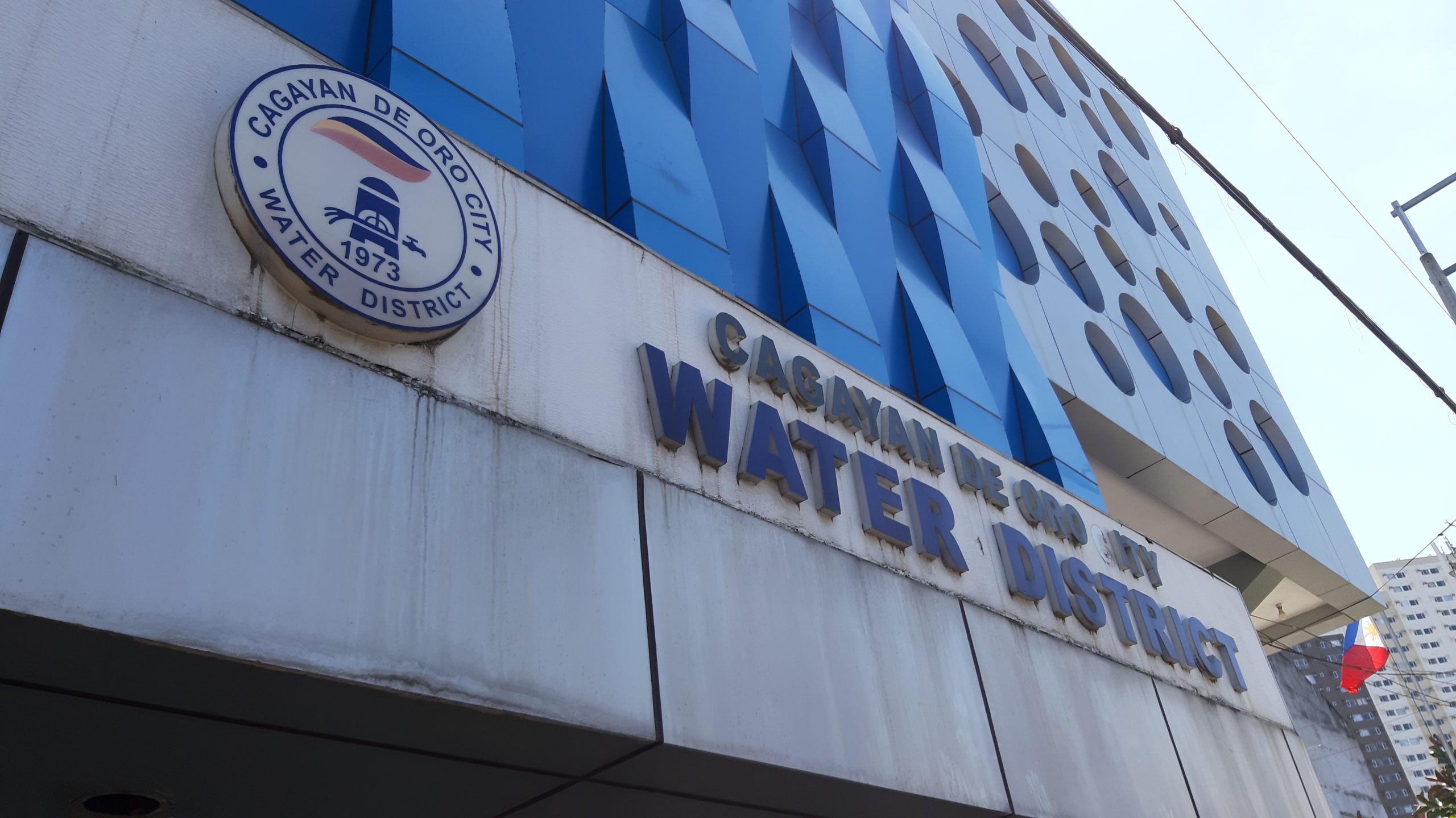Raul Ilogon .
NOT long after Bataan fell, Lt. Gen. Jonathan Wainwright, the commanding general of the United States Armed Forces in the Far East, ordered an unconditional surrender of all forces in the Philippines. It was supposed to end the hardship of our fighting men but the suffering did not stop. The Death March that followed the surrender immortalized Japanese cruelty. Men continued to die in large numbers through forced starvation and at the sharp end of the bayonets.
General Wainwright was in defiance to Gen. MacArthur’s order: No surrender. Men and officers to disperse in small units and continue the fight a guerrilla war.
“…but the decision had to come. Men fighting under the banner of an unshakable faith are made of something more than flesh, but they are not made of impervious steel. The flesh must yield at last, endurance melts away, and the end of the battle must come.
“Bataan has fallen, but the spirit that made it stand a beacon to all the liberty-loving peoples of the world – can not fall,” wrote Lt. Norman Reyes of Brig. Gen. Romulo’s propaganda staff.
While Bataan and Corregidor surrendered, in other parts of the Philippines was a different story.
In Sumilao, Bukidnon, thousands of officers and men were assembled for compliance of the order to surrender. The Japanese arrived the following day to collect the surrenderees but more than half were already gone. Under cover of darkness they fled to surrounding mountains bringing guns and provisions.
In Cotabato, Maj. Salipada Pendatun, Maj. Untog Matalam, and Maj. Mantel Dilangalen argued with their superiors to continue the fight. Unsuccessful, they asked permission to be allowed to flee with their men and provision. In the forest they waited for the day to fight again.
In Kauswagan, Lanao, instead of surrendering, Lt. Luis Morgan, a PC commander, marched his men to Baroy where they established a garrison and strongholds.
Officers like Maj. Angeles Limena escaped from Casisang concentration camp at Malaybalay, made his way to Pangawayan, Alubijid (now part of Gitagum ) where his family evacuated – guarded by his unsurrendered soldiers.
Thousands of unsurrendered Usaffe soldiers plus 187 unsurrendered American soldiers with their arms and ammunition, hiding in the mountains of Mindanao, waited for the day to fight again. They became the core of the resistance which was bolstered by thousands of civilian volunteers – fondly called the “Barefoot Army.”
The appointed day came four months after the surrender. The month of September 1942 was the appointed time. Towards the end of 1942, not less 70 guerrilla groups sprouted all over Mindanao. No central authority and without previous understanding among the groups they started to ambush enemy patrols, waylaid convoys, attack garrisons, jailed puppet officials and formed local civil government.
Truely, Bataan was a beacon to all freedom-loving men. It also gave Japan a clue of the kind of enemy it created. It was a prelude of things to come.
In my next column will be the story of how these 70 or more guerrilla groups in Mindanao fought under one unified command that effectively challenged the might of the Japanese Imperial Army. The Barefoot Army had brought 85 percent of Mindanao under its control.
Disclaimer
Mindanao Gold Star Daily holds the copyrights of all articles and photos in perpetuity. Any unauthorized reproduction in any platform, electronic and hardcopy, shall be liable for copyright infringement under the Intellectual Property Rights Law of the Philippines.














